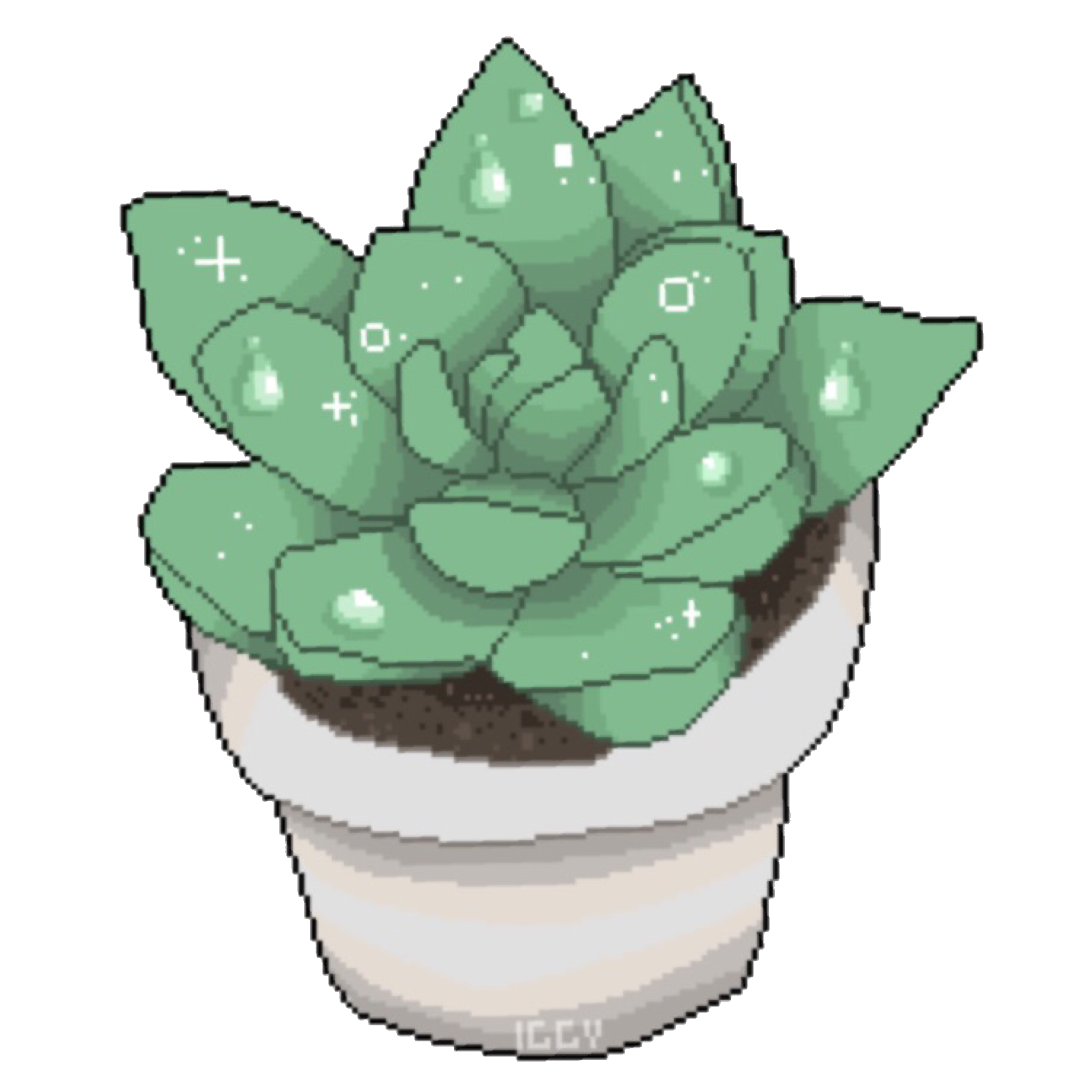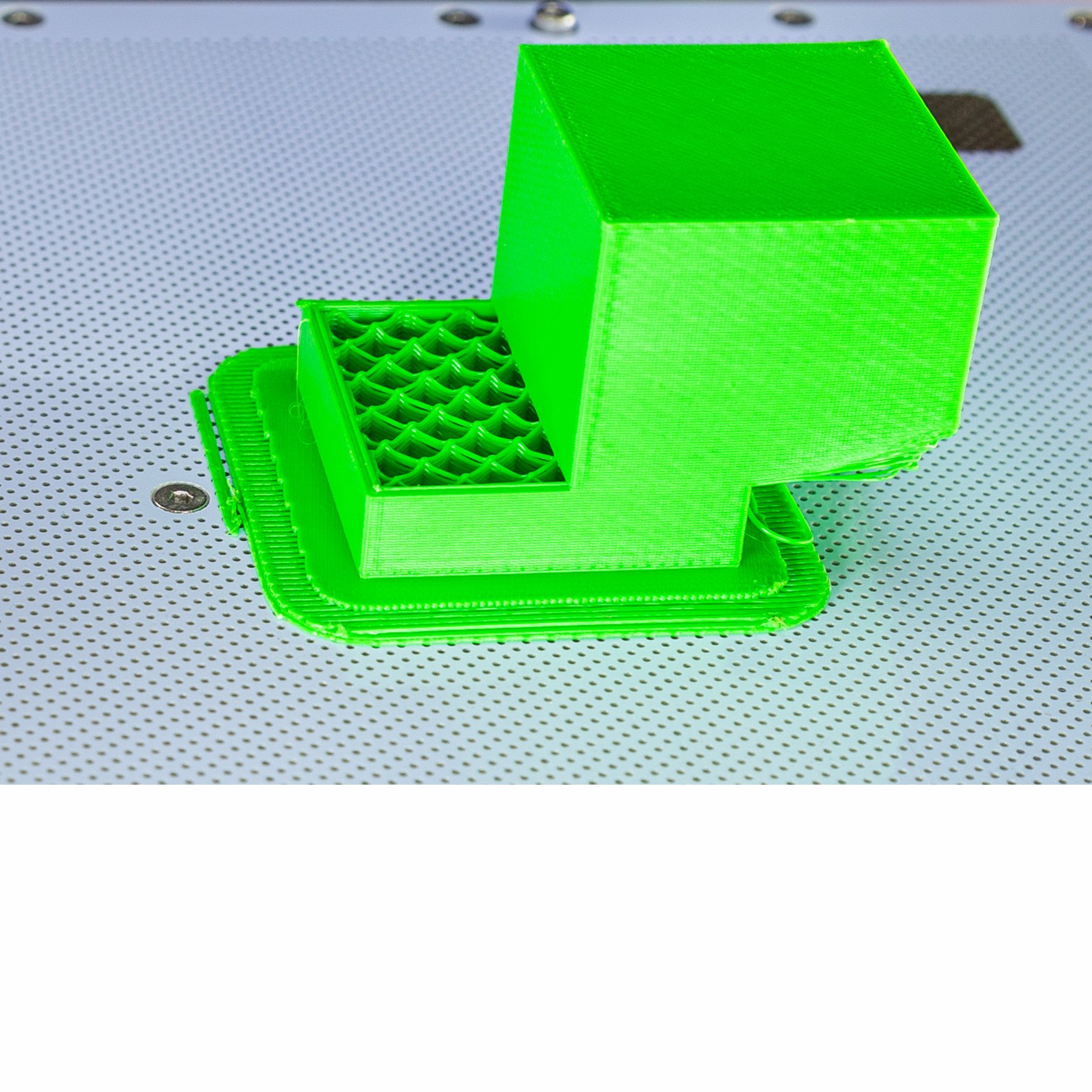

TIL there’s a slicer called Lychee Slicer.
Sounds like a hot mess. Are you looking for a alternative? If yes, provide info but my off the cuff recommendation for a FDM printer is Orca Slicer.


TIL there’s a slicer called Lychee Slicer.
Sounds like a hot mess. Are you looking for a alternative? If yes, provide info but my off the cuff recommendation for a FDM printer is Orca Slicer.


On my direct drive Voron I could make it through retraction tower test prints fine with TPU, but it would always jam with retraction enabled on longer prints with my usual 0.3mm. Pulling apart the extruder would always reveal some TPU had gotten wrapped around the drive gear. Rather than try tuning until the failure went away, I just went with 0 lol.


Most camera websites tend to be geared towards what’s launching now, and will offer comparisons to other current products, but some will let you compare anything to anything. Examples include:
You need to identify what you’re going to be photographing, what you want, and let that guide your purchase.
Your decision points are:
My take?
Modern glass is really very good, but analog and DSLR glass generally isn’t significantly worse. Analog and DSLR glass is also getting pretty cheap as active photographers move to mirrorless since that’s the new hotness.
Modern bodies make taking great photographs easier than older bodies in two regards: smarter autofocus algorithms that can intelligently choose a subject and higher burst rates (eg take faster sequential photos). More modern bodies also handle high ISO (low light) better, but you can generally avoid this with fast glass. The rest is pure quality of life - more preset shooting modes, connectivity, etc. Old cameras have been taking great photos since the beginning. High end cameras have been taking low quality photographs since the beginning. Higher end cameras won’t help you develop an eye for action or framing, but might make it easier to capture the moment.
If I had to offer a blind recommendation it would be for a Nikon D7x00 (eg D7000, D7100, D7200, D7300, D7400, or D7500). That was Nikon’s top crop sensor DSLR ramge, which does mean some bells and whistles but more importantly it also includes a built in autofocus motor. This will let you use any autofocus f-mount lens going back to the mid 1980s (look for AF in the lens name), as well as newer lenses that have their own built in focus motors (AF-S). You’ll obviously be able to use manual focus lenses too. The autofocus system is very reliable (use single point and keep it on your subject) and there’s plenty of great used glass on the market. I am personally leaning toward fast primes these days, as they generally sharper than zooms and offer faster apertures than zooms, but that choice is very use case dependent. I’ve taken photos of my kids at our local zoo two years running with a f/1.4 lens during their holiday lights display and was surprised that very few of my photos cracked ISO 500.
So, back to you.
I have a budget of ~1000 bucks
Go used! Also go mirrored - they’re in less demand now, and were once very popular, so there’s a ton of used product on the market for cheap.
I want something that is light sensitive
Not sure what you mean here. I’m guessing you mean dynamic range? Honestly, unless you’re going to be shooting super high contrast (bright bright and dark dark) scenes and don’t want to lose information in the highlights and shadows any body from say 2010 onward will probably be good enough. The quality of photos taken by my old D40 is not significantly behind my A7III or A9, or the Z6II I bought and sold used. The only thing to possibly think about is sensor size. If you’re going to be shooting lots of low light with motion and horrible lighting it might be worth thinking about a full frame body. Another thing to potentially think about is a body with a dual gain sensor, but these will be newer and higher $$. Unless you’re going to be photographing lots of concerts and museums, I wouldn’t worry about low light beyond buying a fast lens (f/1.8 or better).
has modern software
Not sure what you mean.
All digital cameras have some level of inbuilt software and it’s all varying levels of serviceable. You’ll adopt fine to any camera body over time - even on cameras with “old crappy menus”. The truth is you probably won’t be in the menus very often and can bind physical buttons to your most used controls.
You don’t have to use the OEM’s image processing software. Many use Photoshop. I use darktable which is FOSS.
Some digital cameras have a companion phone app. Most of these are pretty meh and aren’t needed. I do leave the Sony app running on my phone to share location information, but very rarely use it for anything else.
is preferably not Sony
I wonder why. Sony is probably the king of autofocus. Their bodies are also pretty compact if that’s your thing.
and has a low minimum focus distance
This is up to the lens, not the camera body. Generally speaking, glass designed for smaller sensors will have closer minimum focusing distances than glass designed for a larger sensor. If you want up close and personal, micro four thirds (M43) is king. It will be closer focusing and since it has more depth of field more will be in focus. Note that everything is doubled and halved compared to full frame if you’re trying to compare full frame lenses to M43 lenses. The thing to search for is “lens equivalence”. Note that this can be a bit thorny.
There are macro full frame, and crop, lenses but they’re less common. Especially in full frame, the shallower depth of field means stepping down the lens, which will cost shutter speed or ISO. That or you’ll have to use a flash. Most of my recent photos on beebutts were taken on an OM-1 with the 12-40.
It can be, especially the lens, a few years old, since I prefer to buy it used.
For $1,000 you’re also going to be looking at a used body - especially if the $1,000 covers both the body and lens. There’s absolutely nothing wrong with older bodies and they can/do take great photographs. A good lens or two is a much better expenditure than a “better” body with a compromise lens.
The thing I would pay the most attention to is the system you’re buying into. Even with used gear, you’ll still lose some $$ if you sell it to buy something else.
Feel free to ask follow ups. I’ll respond, but responses will be delayed.


I’m still using my pixel 3a, which I bought in 2019. It is the 64 GB variant (I think base was 32 GB) and cost me $340. It’s still doing its phone thing pretty well, but it can get a bit warm scrolling the modern bloated web without an ad-blocker running. I really don’t see a reason to upgrade right now.
My wife has a 6a and I recently had to open it up to replace it’s internal speaker that failed.


Some succulents grow in such… seemingly unsustainable ways for the mother plant. I guess ultimately these are all some kind of propagation strategy for the plant though.
Alloe will overground their pots with tons of babies and fall over when they get too big.
Our big jade will intentionally dry out the center of some of its smaller branches to make the ends of the branch fall off in hopes of rooting.
I guess this is why the plants have been successful. It does make for some level of struggle as a house plant though, lol.
I want to know more about the out of focus back. Specifically what seem to be some pretty beefy speakers.
Thanks for the recommendations, I will check everything out!
Viking metal eh? I recently found Brothers of Metal and they’re banging. What else do you recommend?


It looks like the answer is yes - you can grow a normal plant from each leaf!
https://leafandclay.co/blogs/blog/4-basic-ways-of-propagating-succulents


Not a succulent expert by any means, but the fact that it’s growing some air roots and the dropped leaves also are trying to root also seems to point to not enough water.
We have a big jade that will air root when it’s too dry. Before it gets to that point it’s leaves will look noticeably less plump.
Succulents do require watering, but it’s very important to not overdo it. Our Jade is probably only watered ever two months or so when it’s outside (on an east facing porch in zone 6) during the summer and even less frequently in the winter. I know it well enough to be able to eyeball the plant at this point.

If you intend on keeping it, why care about lineage of the brand? If it’s well made, of decent material, and fits the vast majority of the populus will neven consider/care what brand it is.


For better or worse, there are multiple ways of measuring “American Made”. An alternate measure, which probably matters more in this conversation, is “how many people that worked on <product> are American residents”. Here’s a study that tries to rank each model by how much it contributes to the US economy
The vast majority of the development (engineering, planning, purchasing/supply chain, quality, after sales, etc) effort for Honda and VW is overseas, along with most other non-domestic brands. This extends beyond their own employees to their tier 1s. Many OEMs use suppliers that are located geographically close to their development centers.
None of this excuses the domestic OEMs for their abandonment of cars, their endless march to higher and higher average transaction price, or their quality records.
If it’s heat it could also be a cooling thing. If you search the web on your search engine of choice for “<printer name> driver overheat” you’ll see what solutions the community has already come up with.
For everyone following along at home: this website is worth a click if you’ve never seen it before!
Rinsing rice does wonders. Without a rice cooker you’ll need to strain it, but it’s still worth it.
We made rice for years using this method and it is a very reliable cooking method. Rice doesn’t really leave you a lot of wiggle room though, which is where a rice cooker comes in handy. As an added bonus, some rice cookers come with water lines in them. I measure my dry rice into the cooker, rinse using the cooker, dump most of the water out, and fill to the appropriate level.
Different species of rice have very different textures and somewhat (subtle) different flavorss.
Some rice, like basmati, can be cooked using the pasta method (intentionally use way too much water and strain the excess off after the rice is cooked). I guess all rice could be cooked that way, but you would be giving up some starch.


I totally agree. It seems like the strong suite for micro four thirds. If you’re willing to play the equivalence game a FF body with a slower prime (say f/2.0-f/2.8) is generally as compact as M43 body with a fast prime (say the Oly f/1.2s). Likewise, a number of the long Oly lenses, like the 100-400, are actually FF lenses with a M43 mount. Yeah, you get the 2.0 crop factor, but if you’re willing to shell out for a higher resolution FF body you can just crop.
That said, on pure size a rangefinder M43 with a somewhat slower prime can be truly compact. It seems like that’s where the M43 market would be, especially with the advent of high res FF bodies that crop well like Sony’s R line and A1, Nikon’s Z8/Z9, and Canon’s R5. Heck even Fuji’s X-H2 and XT-5. But since neither Panasonic or OM Systems are making these bodies anymore they must not have been very popular :(
If the print didn’t come off the bed, I don’t think adjusting z-offset will help. As prints get taller, if you’re running into issues with warping the corners will start to curl up.
Your printer definitely missed some x or y steps. Whether that was due to your drivers getting too hot and just that, or the extruder running into the print. Have you ever seen your printer do this:

Does the stacking software handle alignment as the earth rotates? If so, that’s pretty cool. I’m tempted to take a stab at this if that’s the case.
How did you remove the pineapple last year? Cut the whole stalk off at the plant , right below the pineapple, something else?
This is very cool!
How were you able to capture this image with such a nice perspective? Were you in an adjacent building, airborne (helicopter/dron), using a tilt shidt lens, something else?